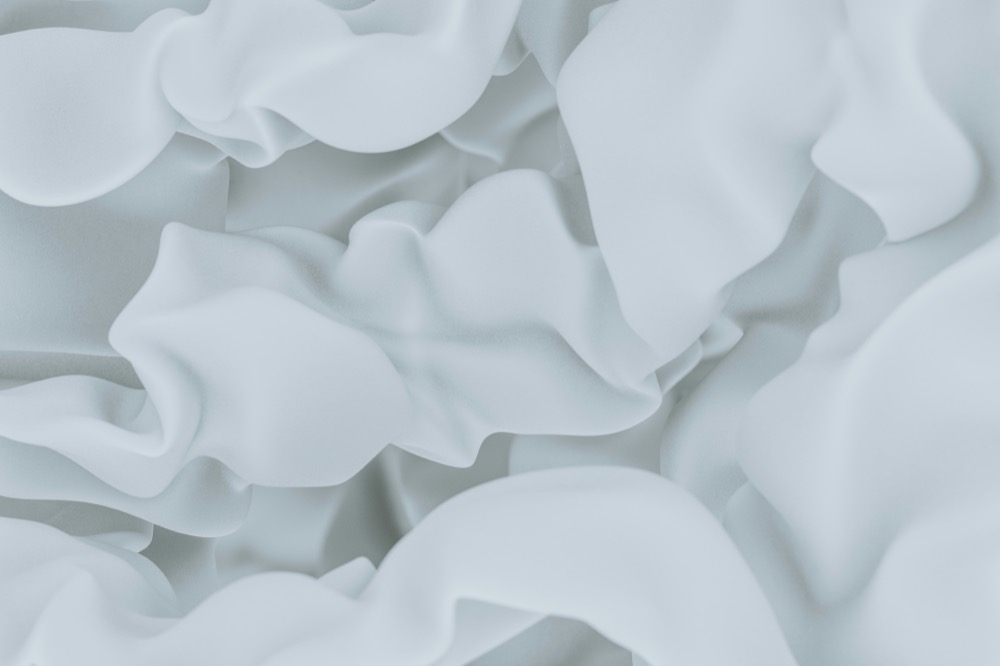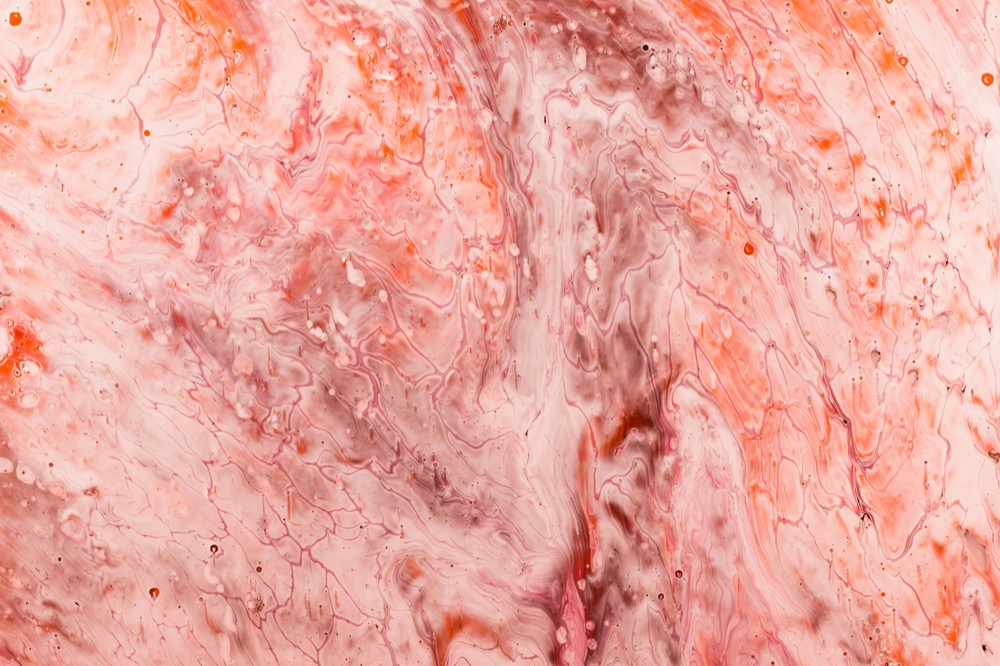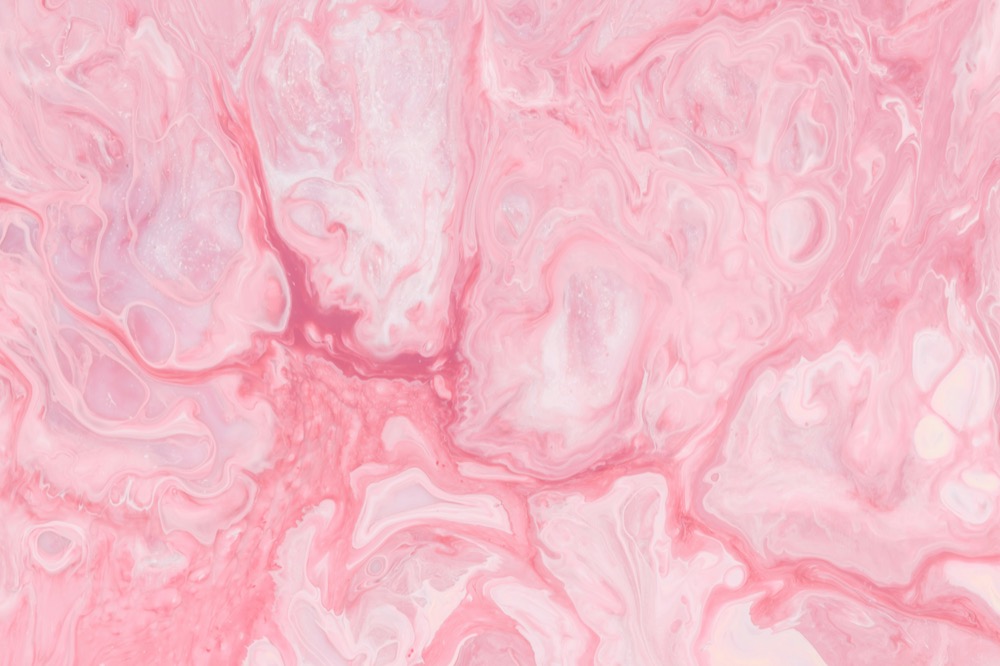Where can I buy Tango Argentino dance shoes?
Do you need new tango shoes? In Pasopolis – the city of tango shoe brands and shops – you are one step closer to your perfect pair of Tango Argentino dance shoes. Choosing is never easy, but knowing where to look, online or offline, should be.
Find shoe brands
Tango shoe brands
Get an overview over your soon-to-be favourite Tango Argentino shoe brands. Some offer an online shop, but no local store, others a local store, but no online shop. It was confusing – until now.
- No webshop
I love them!
- NO LOCAL STORE
- Via del Crocifisso 10, Bagno a Ripoli FI, Italy
I wear 3 models of very different fit: “Alelly” was my favourite pair for a long time, sooo comfy! And it has very distinct colours. “Rocio flor Laurence” is beautiful, but rather stiff around the ball, so I wear it only on special occasions. “Marise” has soft suede leather on top, but the cut offers not too much support around the ball, so I’d recommend only for experienced dancers. I love the quality overall!
I had so much fun with Tangolera shoes.
Coming soon: Regina, Neotango
- * Tango
- * Tango
- * Tango
- * Tango
- * Tango
- * Tango
- * Tango
- * Tango
- * Tango
- * Tango
- * Tango
- * Tango
- * Tango
- * Tango
- * Tango
- * Tango
- * Tango
- * Tango
Find shops
Tango shoe shops and resellers
Search for a reseller in your country or even your city! Dedicated brand shops are not listed here again.
- Zurich
- Switzerland
Very Fine Dance Shoes
A shop in Zurich, offering Madame Pivot and Tangolera shoes. Closed on Mondays.
- Istanbul
- Turkey
Tangorium
Tangorium is featuring Tango Cefiro and Adornos tango shoes, and is also known for the tango school istanbulTANGO, organising the "tanGO TO istanbul" festival.
- Webshop
- Köroğlu İş Merkezi, Avni Dilligil Sokak No:6 D:3, Istanbul
- United Kingdom
Strictly4dancers
Strictly4Dancers is a UK-based dance shoe shop, run by Brian, offering shoes for many dance styles. Common Tango Argentino shoe brands include Tangolera, Nueva Epoca, Movimiento, and Necesita, and, beyond tango, Werner Kern and Anna Kern. No physical shop, only online. The webshop search is unfortunately not working well.
- Munich
- Germany
quality for dance
Quality for dance by Anna Arnt, is a shop in Munich, offering a variety of brands, among them Madame Pivot and Nueva Epoca especially for tango. The shop has regular opening hours (Mon–Sat) and the webshop is available in German and English.
- Webshop
- Asamstraße 7, Munich, Germany
- Zagreb
- Croatia
NTS Dance Store
A small but beautiful dance store close to the centre in Zagreb, stocking mainly ballet equipment, but also Madame Pivot shoes at good prices. The website is only in Croatian.
- Pettenbach
- Austria
MilongueroLAB
Local store in Upper Austria and webshop, exclusively selling TangoLeike shoes. Webshop available in DE, EN, IT, FR, ES – although the translation is visibly automated.
- Berlin
- GERMANY
Hacke & Spitze
A large shop for all things dance in Berlin-Kreuzberg, featuring well-known Tango Argentino women’s shoe brands such as Madame Pivot and Raquel. Webshop only in German.
- Brussels
- Belgium
De Tango Se Trata
A tango shoe shop in the centre of Brussels featuring Madame Pivot and Pluma, with both a webshop and a local private showroom by appointment.
- Webshop
- Rue du Chien vert 11, Brussels
- Hamburg
- GERMANY
Dance Affairs
A huge shop for everything dance-related, also offering Tango Argentino shoe brands such as Gretaflora, TangoLeike, and Volver. The webshop is available in English and German.
- Düsseldorf
- Germany
Bandoneón
A webshop from Düsseldorf in Germany, stocking Madame Pivot and Bandoneon shoes. The webshop is only available in German; since 2024 has been no local store.
- Webshop
- NO LOCAL STORE
locate shops
Map of shops
Find shoes near you! On this map, you find brands with local shops, dance shops and resellers.
Burning questions
for beginners
Dance is sports and an art form, so you need shoes that fit you well and you find pretty. Read on for more wisdom.
Is there a difference between Tango Argentino and Latin tango?
Yes! Tango Argentino and Tango Rioplatense both mean the same tradition from Argentina and Uruguay.
In English, Latin tango often refers to ballroom tango, which is a different dance with its own technique – and also different shoes. Ballroom shoes are designed for competitions and shows, not for the pivots and posture of Tango Argentino.
How are tango shoes different from street shoes?
Tango shoes are designed for dancing, not for the street. They combine flexible material, secure straps and suede or leather soles that let you glide across the dance floor. In a way, tango shoes are softer and firmer than street shoes.
The heel in women’s stilettos (common heel heights are 7, 8 and 9 cm) also supports good posture for your embrace. You can also dance in flat practice shoes or other dance shoes, but street shoes will never truly work for tango.
Do I need special shoes as a beginner?
Yes – not immediately, but as soon as you commit to learning. Tango puts different demands on your body than everyday walking. Good shoes help you feel secure and move with ease, like all sports shoes should do. Some beginners start with flat practice shoes, which can be fine for the first steps, but you will soon notice the difference: tango shoes are designed for balance, pivots, and posture.
Look for stable heels, straps that hold your foot firmly, and a sole that lets you pivot without effort. Many beginners feel more balanced with a slightly lower heel and more secure with a closed back. The right pair will protect your feet and give you the stability to enjoy your first embraces on the dance floor without worry.
Do I need to travel to Buenos Aires to buy shoes?
While we would love for you to one day return home with a suitcase full of shoes from Buenos Aires, tango shoes are now available worldwide. Many traditional brands still come from Argentina and set the standard for quality, but excellent retailers in other countries also sell internationally.
It is worth visiting a local shop from time to time to try on different models—even within the same brand—to find your perfect fit. Our directory helps you discover where to buy tango shoes near you or online.
Isn't XY the best shoe brand anyway?
While some brands are loved by many, every body, dancing style and personal taste is different. How fortunate we are to have many tango shoe makers to choose from! Don’t follow the crowd—choose the pair that gives your feet the best comfort and support.
What’s the difference between leather and suede soles?
Leather soles are smooth, durable, and glide easily – they can feel faster, easier to turn or more slippery to some dancers. Leather soles should not be brushed.
Suede soles are softer and provide more grip, which some followers prefer for stability and pivots. They can be refreshed with a suede brush, need more care and should never touch rough or wet surfaces. Suede soles are common in Latin (ballroom) dance shoes.
If in doubt, opt for the more common leather soles.
Can I wear my tango shoes on the streets?
Unlike street shoes, tango shoes are made for indoor dance floors and not for everyday use. Outdoor use can damage your shoes – even at some milongas with temporary floors.
Leather soles may survive outside, but if you wear them outdoors you should keep a separate pair and never use them again indoors, as you risk scratching the dance floor.
Suede soles are even more sensitive and should therefore never be worn outside.
How do I find out my right heel size?
Heel height is personal. Followers’ stilettos usually range between 6 and 10 cm, with 7 to 9 cm being the most common. There are also flat shoes, which still have a few centimetres of heel for comfort and posture. Practice boots – used for workshops, training and practicas – often rise above the ankle and resemble street shoes the most.
Many beginners feel comfortable with 7 cm heels, while experienced dancers may prefer 8–9 cm for elegance and style. But this is not a ladder you need to climb: grace comes from posture and movement, not from heel height. Don’t worry about those centimetres – the best way is to try different models and see how your posture and balance feel on the dance floor.
A simple test: If you cannot walk well with straightened knees, your heels might be too high.
How do I measure heel height?
Heel height can be measured in two ways: from the back of the shoe or from the side. Measuring from the back gives a number that is about 2cm higher, while measuring from the side – from the point where the heel meets the sole down to the floor – is more precise and the method most shoe makers use. The exchangeable heel cap is not included in the measurement.
Heel height also differs slightly between shoe sizes: a 7 cm heel in size 36 will measure a few millimetres lower than the same heel in size 39. To check at home, simply lay your shoe on its side and measure.
Are second-hand shoes a good option?
Yes – second-hand shoes can be a sustainable and budget-friendly choice, and many pairs are sold almost unworn because they did not fit their first owner perfectly. New tango shoes usually range from about €120 to €200, so buying used can be a way to save money at the beginning or try a new model. A good cobbler can also refresh tango shoes by adding a new leather sole or making small repairs, giving them a second life on the dance floor.
Just make sure the shank and the heel are still stable, as these are the parts that carry your weight and keep you safe. Keep in mind that measurements given by previous owners may not always be exact.
dancers
Something missing?
Is your favourite tango shoe brand not listed here? Have it added quickly by sending us a note.
dancers
Shoe shops
Is your favourite tango shoe brand not listed here? Have it added quickly by sending us a note.






